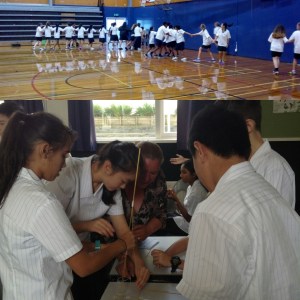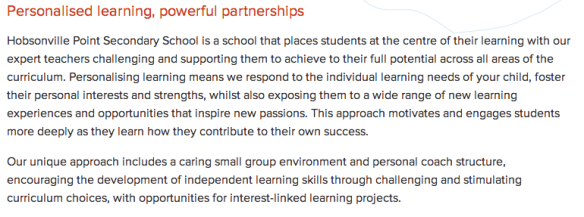This is the next post in my series on effective pedagogy from the 2007 New Zealand Curriculum. These have all been written for the purposes of provoking thinking at Lynfield College.
The 2007 New Zealand Curriculum introduced Teaching as Inquiry as an important teacher practice. It stated “Since any teaching strategy works differently in different contexts for different students, effective pedagogy requires that teachers inquire into the impact of their teaching on their students.” (NZC, pg 35)
This is supported by Graham Nuthall’s (Hidden Lives of Learners) research that showed how students assimilate new information differently because of their prior learning and experiences. It also links well with the adage: “Just because you have taught something, doesn’t mean the students have learned something.” Essentially, we should be taking notice of how each individual learner is progressing through their learning programmes.
The NZC then set out the following diagram as to how this inquiry could be visualised:










